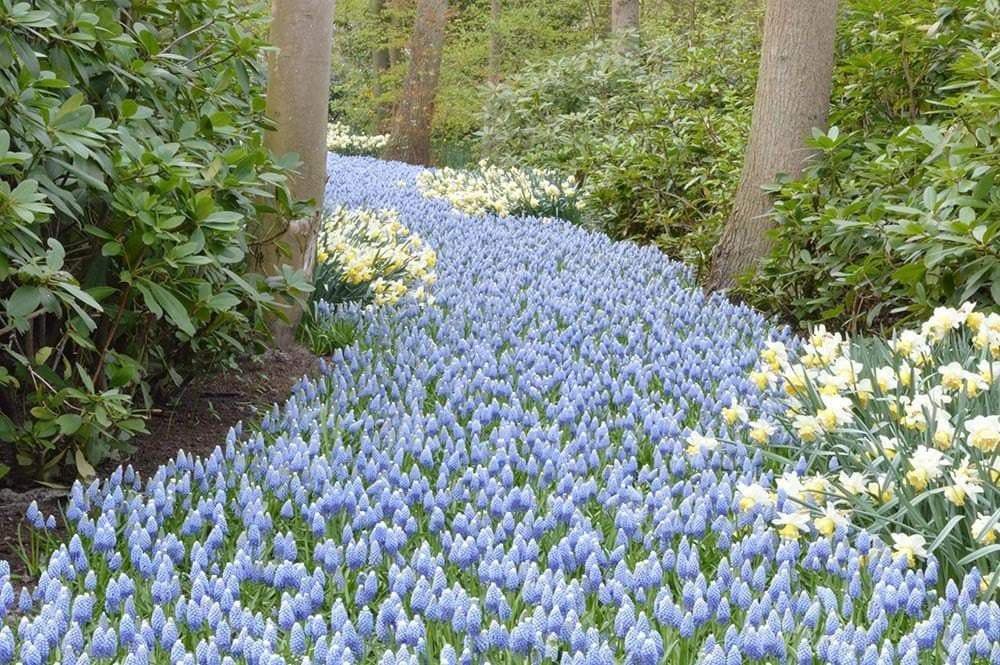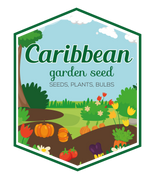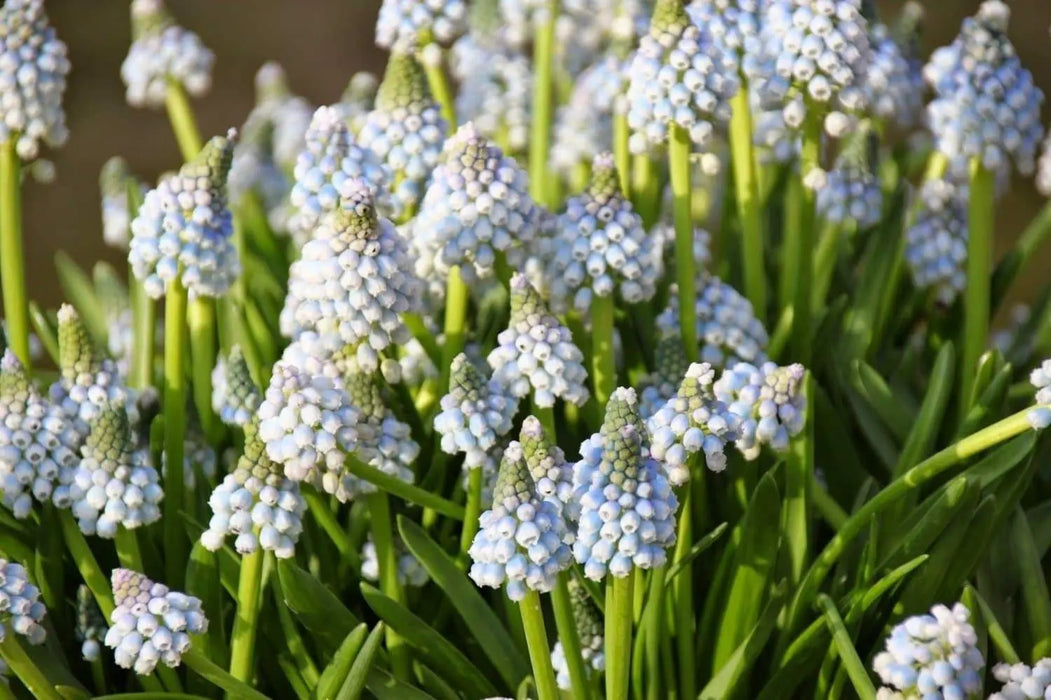
Muscari 'Ocean Magic' Grape Hyacinth bulbs
Most orders are processed by the next day
Select your desired size and/or color from the available options.
Muscari 'Ocean Magic' is a top choice for spring bulbs. Its beautiful light blue color adds a touch of elegance to both potted plants and larger garden areas. With a height of 6-8 inches and a bulb size of 8/+ cm, this variety is sure to impress.
Garden Uses
Provides spectacular drifts of color when massed in open areas, around shrubs, under deciduous trees, in the rock garden or in the border front. Also mixes well with other early blooming bulbs. Popular container plant. Also forces easily for winter bloom.
Culture
Easily grown in average, medium, well-drained soil in full sun to part shade. Plant bulbs about 3'deep and 3'apart in fall. Flowers emerge in early spring. Keep ground moist during the spring growing season, but reduce watering after foliage begins to die back.
Common Name: grape hyacinth
Type: Bulb
Family: Hyacinthaceae
Zone: 4 to 8
Height: 0.50 to 0.75 feet
Spread: 0.25 to 0.50 feet
Bloom Time: April
Bloom Description: Royal blue with a thin white rim on each bell
Sun: Full sun to part shade
Water: Medium
Maintenance: Low
Flower: Showy, Fragrant, Good Cut
Tolerate: Deer, Clay Soil, Black Walnut
LET OUR CUSTOMER SPEAK FOR US

![[Seeds] - Caribbeangardenseed](http://caribbeangardenseed.com/cdn/shop/files/gift-card-gift-card-1_1024x1024_dfa857db-9150-4315-a362-7f0bb3fb9c47_60x28.png?v=1703978838)
